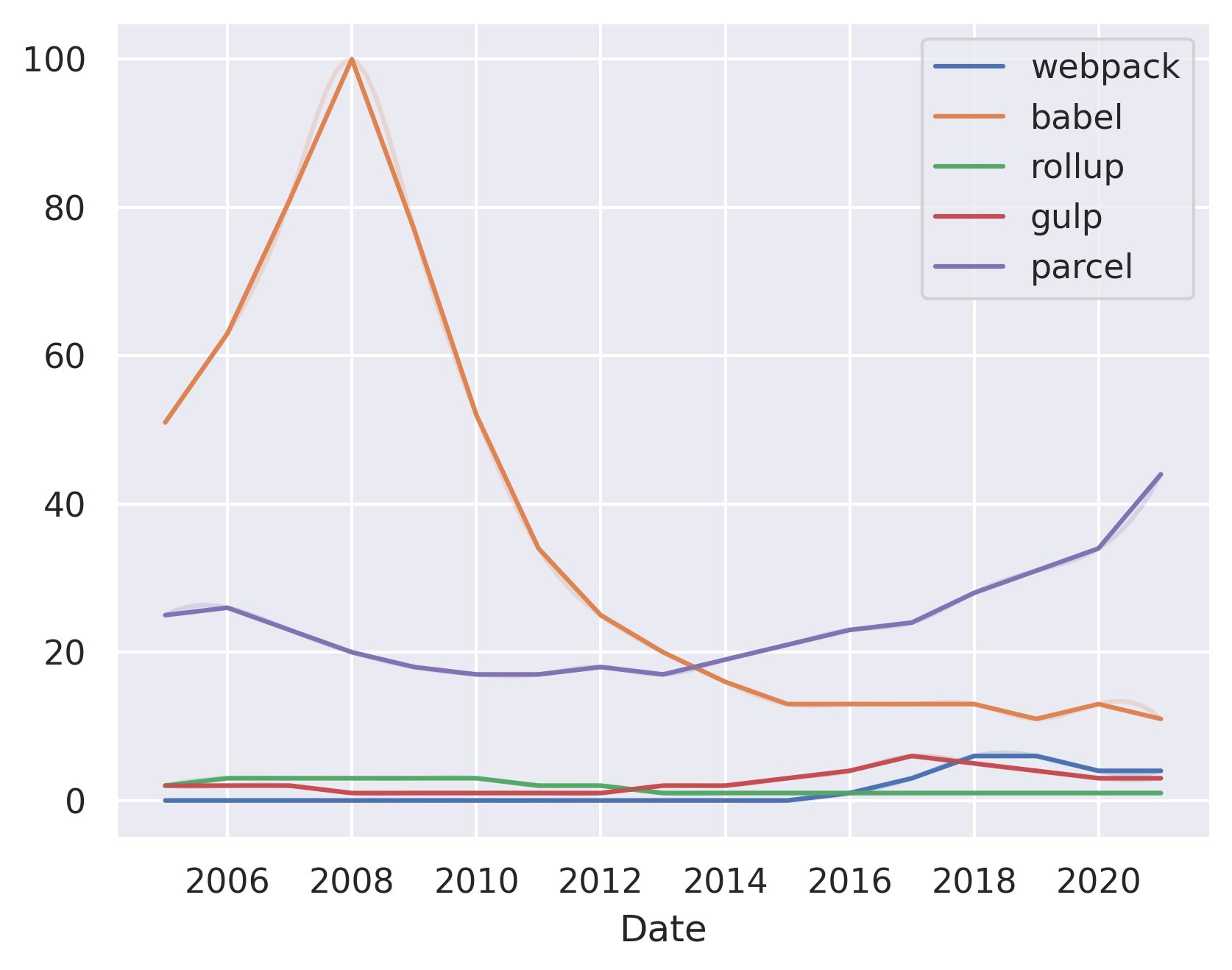

If you ever need to change the value for multiple selectors, all you have to do is change the one value in the variable. Any time you want to re-use the same color or other value, you simply need to re-use the variable, never having to remember common styles. This is useful for at least two reasons: 1. Variables in Sass are written with a $ sign before the name, for example: $mainColor: #dbcbb4 Just like any other proper programming language, you can assign values to variables to recall any time you use it. One of the most useful features of Sass is the ability to create variables. There are pros and cons to each options, but if you are uncertain of where to get started, one of the GUI programs would be a good place to start. scss file), and then compile it into a regular.
Codekit vs webpack code#
What all of these programs do is take the Sass code from one stylesheet (a. If you’d prefer to use a GUI, several recommendations include Compass, CodeKit, or Hammer.

On the command line, there are the options of using the original Ruby gem, the Node.js port, or using task runners such as Gulp or Grunt.

There are many different options for using Sass. In the case of Sass, this is a script that has originally been written in Ruby, although there are ports available using other languages such as JavaScript, via Node.js. What is a CSS preprocessor?Ī CSS preprocessor is essentially a scripting language that will turn CSS code with minor syntax variations into regular CSS3. In this post, we will take a look at what preprocessors are, why they can have such a positive impact on your CSS workflow, and how you can get started using Sass. This need has been filled by CSS preprocessors such as LESS, PostCSS, and arguably the most popular, Sass. element.innerHTML = _.As the life of CSS has developed, it has become seen increasingly important to have more control over organization as well as a better workflow than what is currently offered by the stylesheet language. const element = document.createElement('div')

Webpack 5.4.0 compiled successfully in 249 msĪs you can see there's another file generated besides, and .Īlthough using multiple entry points per page is allowed in webpack, it should be avoided when possible in favor of an entry point with multiple imports: entry: = await import('lodash') If we're going to use multiple entry points on a single HTML page, ntimeChunk: 'single' is needed too, otherwise we could get into trouble described here.Īsset 549 KiB (name: shared )Īsset 7.79 KiB (name: runtime )Īsset 1.77 KiB (name: index )Īsset 1.65 KiB (name: another )Įntrypoint index 1.77 KiB = Įntrypoint another 1.65 KiB = Įntrypoint shared 557 KiB = 7.79 KiB 549 KiB The dependOn option allows to share the modules between the chunks: Let's remove this duplication in next section. src/index.js and will thus be duplicated in both bundles. The first of these two points is definitely an issue for our example, as lodash is also imported within.
Codekit vs webpack manual#
However, it is more manual and has some pitfalls we will go over. This is by far the easiest and most intuitive way to split code.


 0 kommentar(er)
0 kommentar(er)
